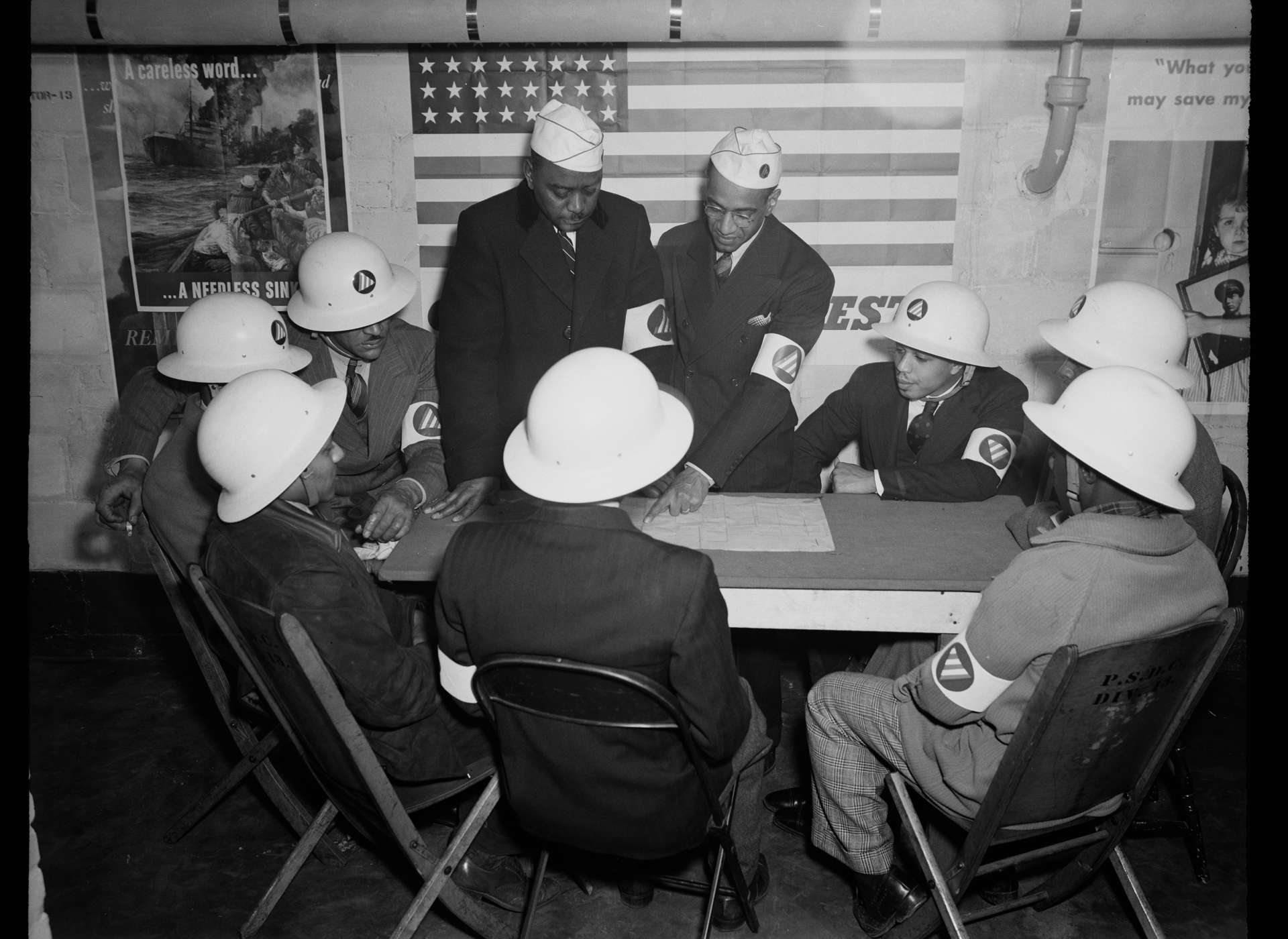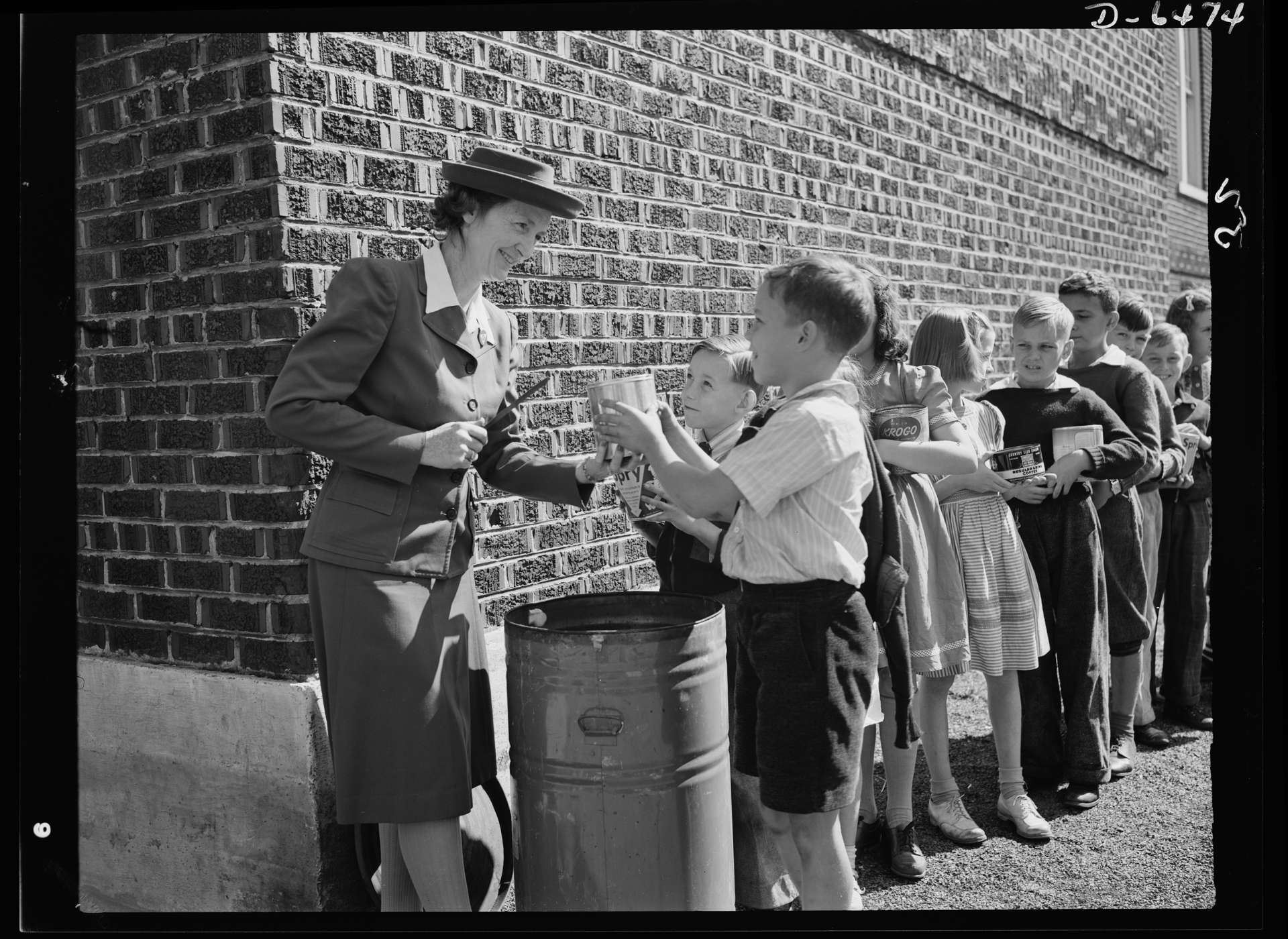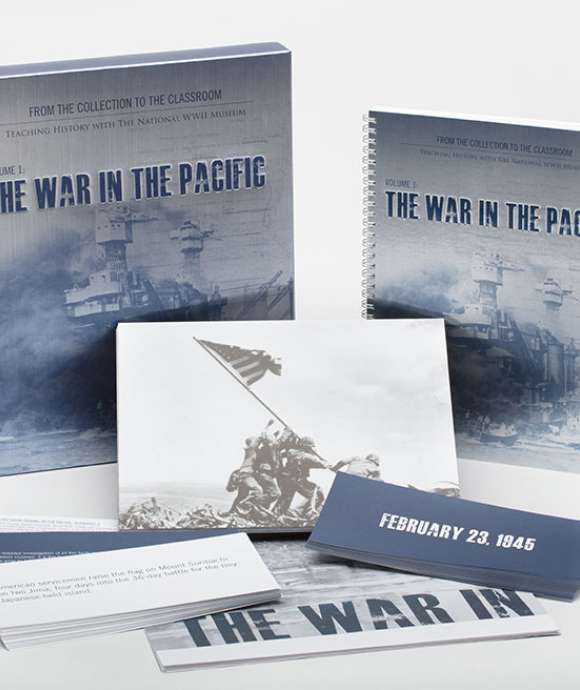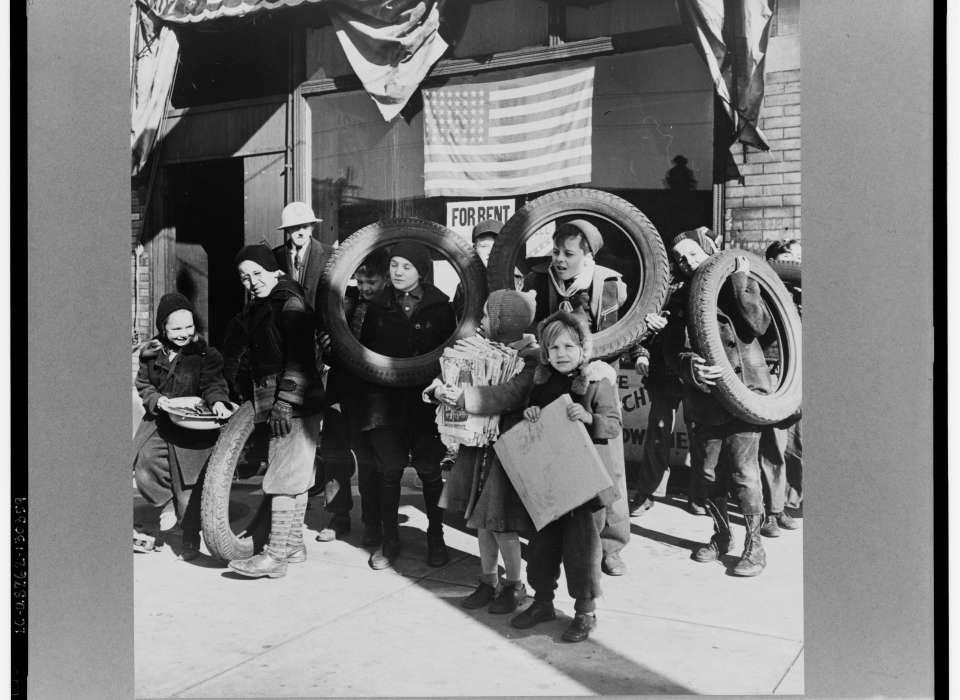Top Image: Library of Congress, LC-USZ62-130359.
Fighting World War II presented daunting military obstacles overseas, but it also involved serious challenges for American communities on the Home Front. Men and women from across the country left home to enter defense industry jobs, government service, and the military, all of which left many vacancies in local businesses, hospitals, schools, governments, and other institutions. Moreover, even with the US military fighting on two fronts, officials back home still wanted to protect their citizens from sabotage and surprise attacks. Pearl Harbor had made that need especially clear. Not least of all, the federal government had plans for conserving food and fuel and for finding enough workers to keep defense industries going, but it could not do all of these jobs alone. The public had to understand what was at stake and how they could help. For the United States to become “the great arsenal of democracy,” American communities had to be united behind the war effort.

Air raid wardens meet to plan their response in the event of an attack (1943).
(Library of Congress, LC-USE6-D-010062.)
As early as 1940, states and large metropolitan areas began establishing civilian defense councils, whose first job was to figure out where their communities were most vulnerable to enemy attack or sabotage. Also, plans needed to be developed for meeting future threats. On May 20, 1941, President Franklin Delano Roosevelt established the Office of Civilian Defense, which would become the central source of information and direction for these local organizations. Fiorello LaGuardia, the Mayor of New York City, chaired this federal agency in its early days, with First Lady Eleanor Roosevelt as his assistant. In less than a year, there were 8,459 local civilian defense councils across the United States, coordinating the services of about 5.4 million volunteers.
Civilian defense volunteers performed all kinds of tasks depending on their skills and available time. Doctors and nurses taught first aid classes to maximize the number of people able to help in an emergency. Retirees memorized the shapes and markings of enemy aircraft and watched the skies from roofs and bell towers. Women living near clubs for servicemembers organized dances, games, reading rooms, and even sewing services for soldiers. Farmers and gardeners volunteered to teach people how to grow victory gardens to lessen dependence on store-bought food. Thousands served as so-called block leaders, transmitting information from the local defense council to their neighbors and making sure the information was understood. In addition, virtually every community had volunteer boards to administer government programs such as rationing, anti-inflation price ceilings, and the military draft.

Schoolchildren deposit waste cooking fats collected from their neighbors (1942).
(Image: Library of Congress, LC-USE6-D-006474.)
Children played a critical role in civilian defense as well. Schools competed to collect the most scrap paper and metal for recycling, and some even had “grease clubs,” which collected leftover cooking fats to be turned into glycerin for explosives and ammunition. Newspapers teamed up with the creators of the comic strip Little Orphan Annie to create a nationwide club called the Junior Commandos. Its young members received instructions in the newspaper each week explaining what types of scrap needed collecting and how to turn it in. Established youth groups like the Boy and Girl Scouts and the Camp Fire Girls also got in on the action by selling war bonds and stamps, serving as messengers and fire watchers, tending community gardens, and practicing their first aid skills in case of a disaster. Many communities even established Clean Plate Clubs to discourage wasting food.
"We had these great big drives to see which kids could bring home the most pots and take them down to the schoolyard so the military would come and take these truckloads of aluminum to make airplanes out of. Sure, it’s a sacrifice, give away your best pots you know, but it’s war—you just did it."
Robert “Bob” Gurr, Civilian

Like this article? Read more in our online classroom.
From the Collection to the Classroom: Teaching History with The National WWII Museum
As the war drew to a close, so did the work of Home Front volunteers. Over 12 million men and women served in total, each performing countless small, often thankless tasks that ultimately helped make victory possible thousands of miles away. In a statement accompanying his decision to close the federal Office of Civilian Defense, President Harry Truman noted that “the millions of volunteer workers throughout the nation, giving freely of their time, have been basic to the strength of our democracy.”
Cite this article:
MLA Citation:
APA Citation:
Chicago Style Citation:








